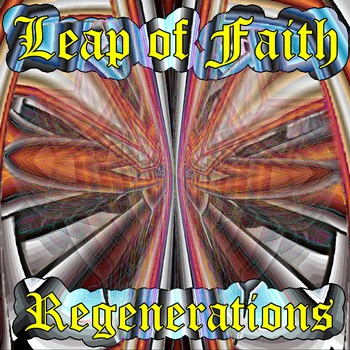Q & A with Leap of Faith
After I finished the review, I reached out to PEK and asked a few questions about how Leap Of Faith regrouped and what I got back was so interesting that it is being presented without editing. I’m in bold:
You were quite active musically with Leap of Faith for a number of years, then there was a hiatus. What brings you back together now?
How was it getting back together to play? Did you fall back into it, or was there some adjustment?
How would you describe Leap of Faith music? Can you describe your groups’ creative process?
- Imitation of the sounds of one instrument by another leads to a blended sonority where it is difficult to tell which instrument is making which sound – this is especially difficult when the instruments are making complex aggregate sounds which mesh together. The opposite of the blended sound is a contrasting or contrapuntal sound. It is possible for both sound sets to coexist within one sonority when at least 3 people are in the ensemble. One of the primary characteristics of the PEK / Glynis Lomon musical partnership is the number of different ways we imitate each other even though she plays a string instrument and I play woodwinds.
- Phrasing, which is important in all music, is incredibly important for Leap of Faith. Like in Gamelan music, there are simultaneously large and small scale phrases. The individual musicians can phrase together or overlap their phrases. Sonority is also driven by phrasing. An example is a chase sonority with short overlapping phrases of rapidly moving lines. In addition, when the ends of phrases happen together an ensemble decision node is created where an abrupt transformation into a completely different sonority is possible.
- Instrument changes and laying out are dramatic ways for one member of the group to transform the unit sonority. In the course of a typical LOF quartet performance there should be solos, duets and trios in addition to full ensemble improvisation. Two exciting new developments in the new incarnation of Leap of Faith will contribute to this structural device. One is the addition of new member Steve Norton who uses 8 different clarinets and saxophones. The second is PEK’s acquisition of many new instruments. He used tenor and bari saxophone, clarinet, bass clarinet and contra-bass clarinet, and bassoon for the bulk of the early Leap of Faith period. PEK has added 3 higher saxophones, 3 more clarinets, oboe, English horn and contrabassoon. I had the oboe in time for Regenerations, the new sonorities available to this significantly increased timbre-set will become apparent over time.
What are the future plans for Leap of Faith?


